This month two new small cars dropped into the market with the MG3 arriving just a couple of weeks after the Suzuki Swift.
The MG3 replaces a model once touted as New Zealand’s cheapest car, though that’s not the case any longer.
But then they say the only similarity this MG3 has with the old model is the name; everything is new.
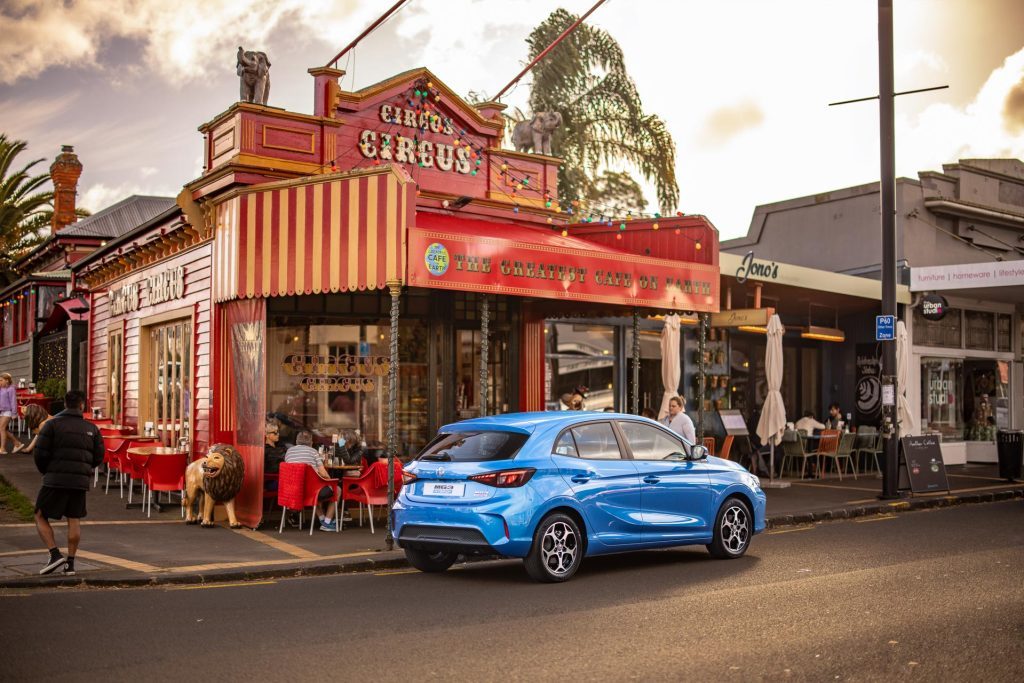
MG says “It’s larger, smarter, safer”, and it packs a whole lot more technology inside and underneath.
The new MG3 range comprises a petrol and a hybrid offering, each powertrain available with the Excite or Essence level of specification.
While prices have risen, we’d say the additional gadgets and gizmos on board help justify the increase, and the powertrains are more up to the minute too, especially the new petrol-electric hybrid.
The petrol model starts at $25,990 for the Excite while the better specified Essence is $2000 more. The Excite hybrid+ is $29,990 while the Essence is $31,990.
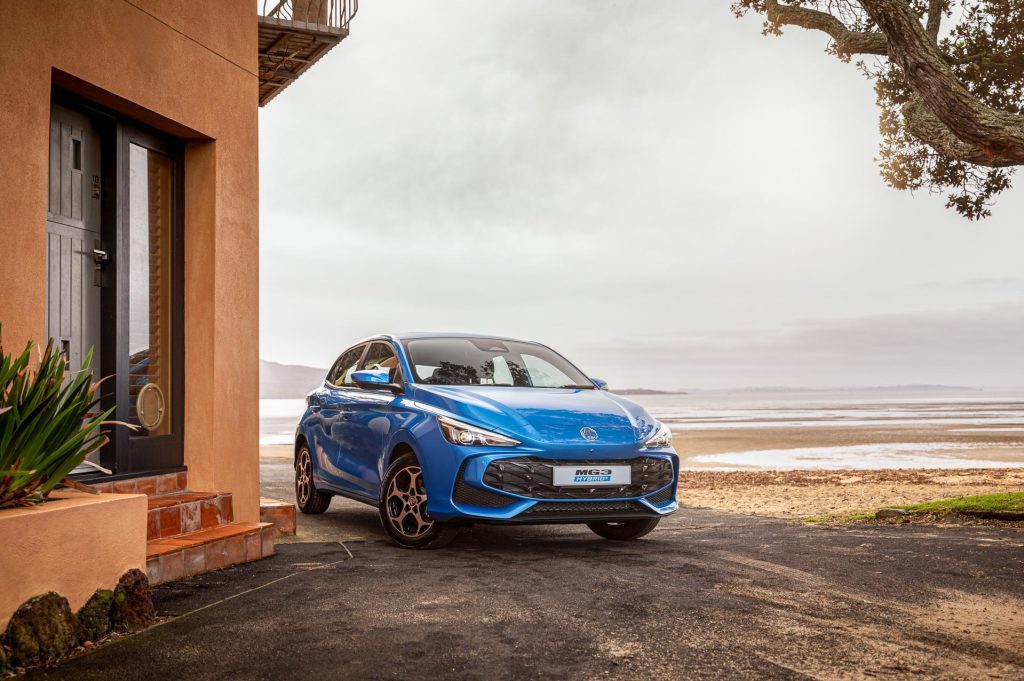
The petrol model uses a new 1.5L four-cylinder making 81kW and 142Nm. While that’s a little less than the old MG3 engine, it should go better as a modern CVT replaces the old four-stage auto.
MG says combined fuel consumption is 6.0L/100km (though rightcar.co.nz says 6.7).
Along with new powertrains, there’s a whole raft of new features in the cabin. The analogue era is done, all models gaining a seven-inch digital instrument display to show what the ADAS systems are up to, and energy flows for those driving the hybrid.
There’s push button start, USB A and C ports about the place and a big 10.25-inch infotainment screen on the dash. This comes with Bluetooth and wired CarPlay and Android Auto.
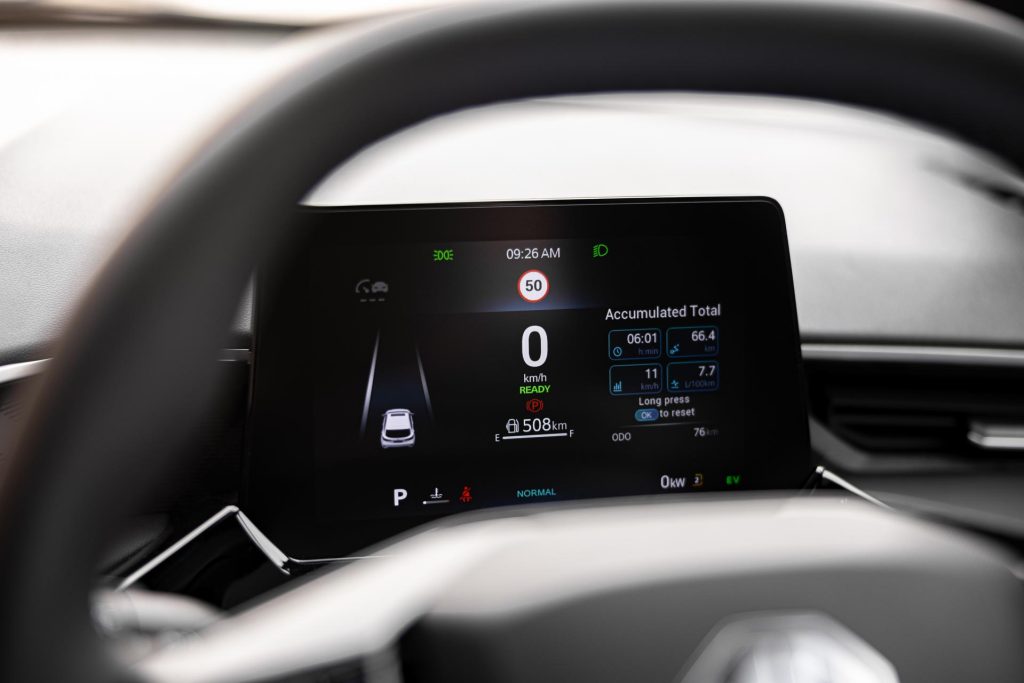
The Essence models add a 360 degree camera, LED headlights, faux leather trim in place of the cloth, rain sensing wipers, a sunroof, leather-bound steering wheel and smart key entry. It also adds iSmart capability (remote connectivity via a smartphone app) and sat nav.
The cabin is familiar MG fare, simple in a design sense yet functional with useful storage. While it’s well built, free of sharp edges, it’s a black plastic affair all round.
There are a few buttons to simplify the operation of the touchscreen, which otherwise controls everything. The steering wheel is borrowed from the MG4, so is squared off top and bottom.
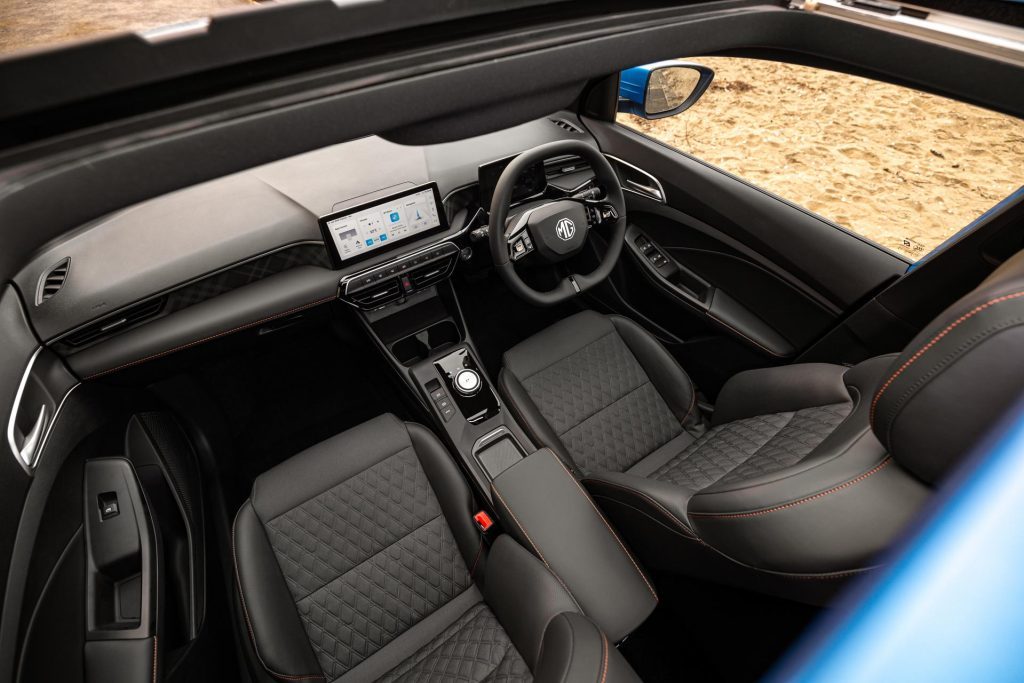
You’ll eventually figure out how to use the toggle switches and buttons, as they aren’t overly intuitive on first encounter. And there’s no reach adjustment at the wheel.
The MG3 is 4.1m long, being a little enlarged in both overall length and wheelbase than the old one, and wider too.
The hatch has 293L of boot space, the hybrid missing a spare, while the petrol gets a space saver.
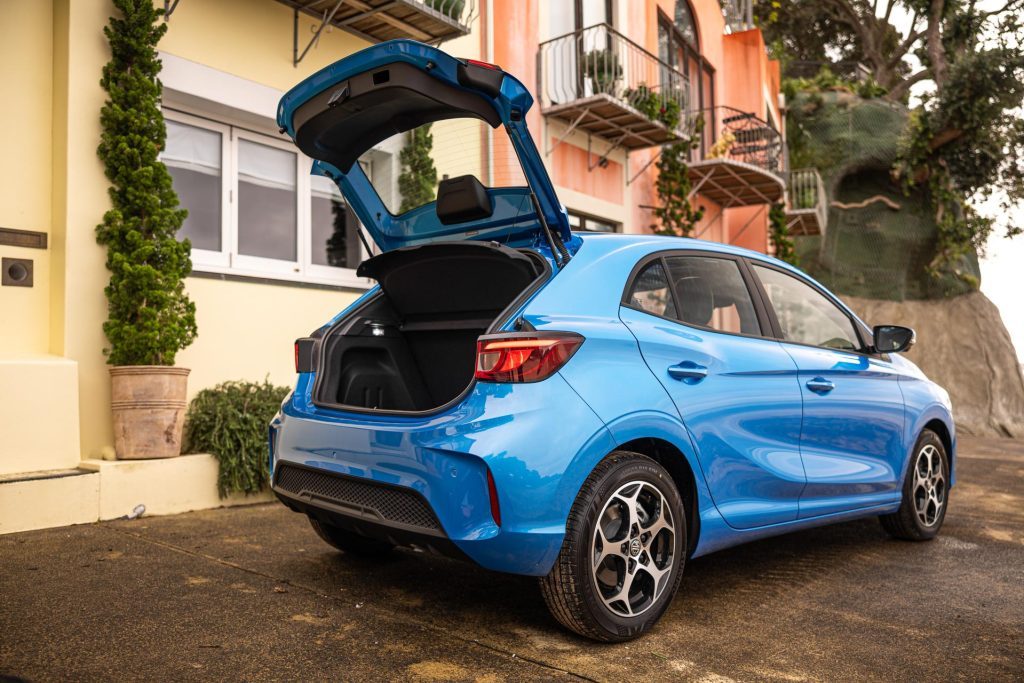
While it’s yet to be assessed by ANCAP, all MG3 models get six airbags, adaptive cruise control with intelligent cruise assist (lane keeping), blind spot detection, rear cross traffic alert, a forward collision warning system, lane departure warning and AEB.
Most of these proved to be well behaved during our brief introductory drive, although the overspeed warning is quite persistent. However the beeps are subtle.
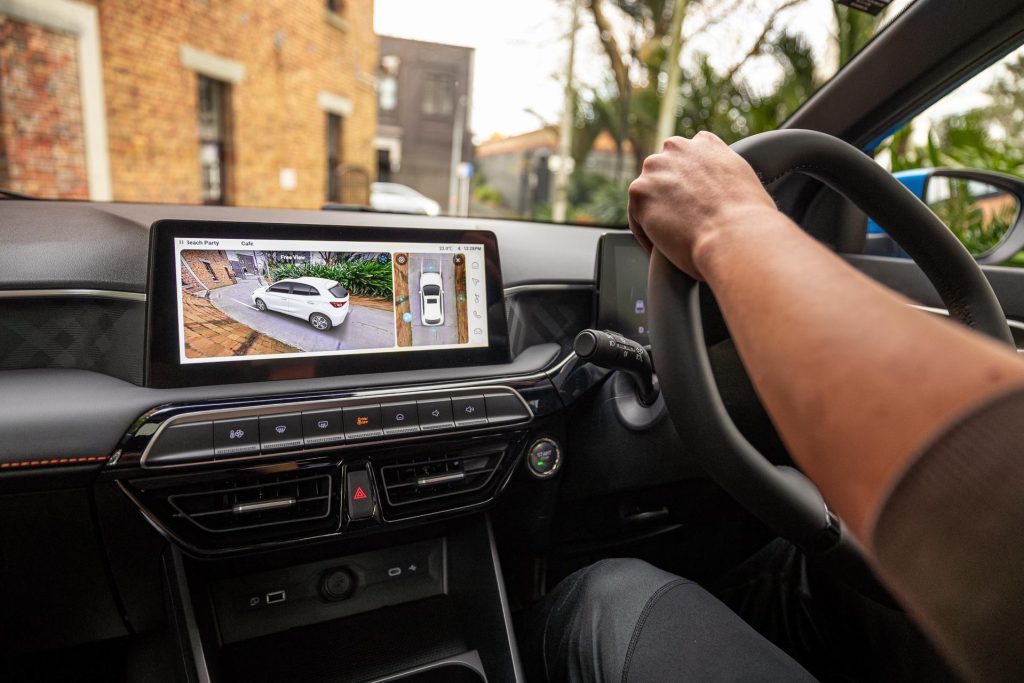
The new MG3 hybrid uses the combination of a 1.5L engine and an electric motor. The engine is different from that used in the petrol model, running on the Atkinson cycle for improved efficiency (MG claiming thermal efficiency of 41 per cent).
It outputs 75kW and 128Nm. This combines with a 100kW/250Nm motor for a total output of 155kW. No torque figure is given.
The motor draws power from a 1.83kWh NMC 350V hybrid battery that lives under the seat in the back, so it’s no mild hybrid like the Swift.
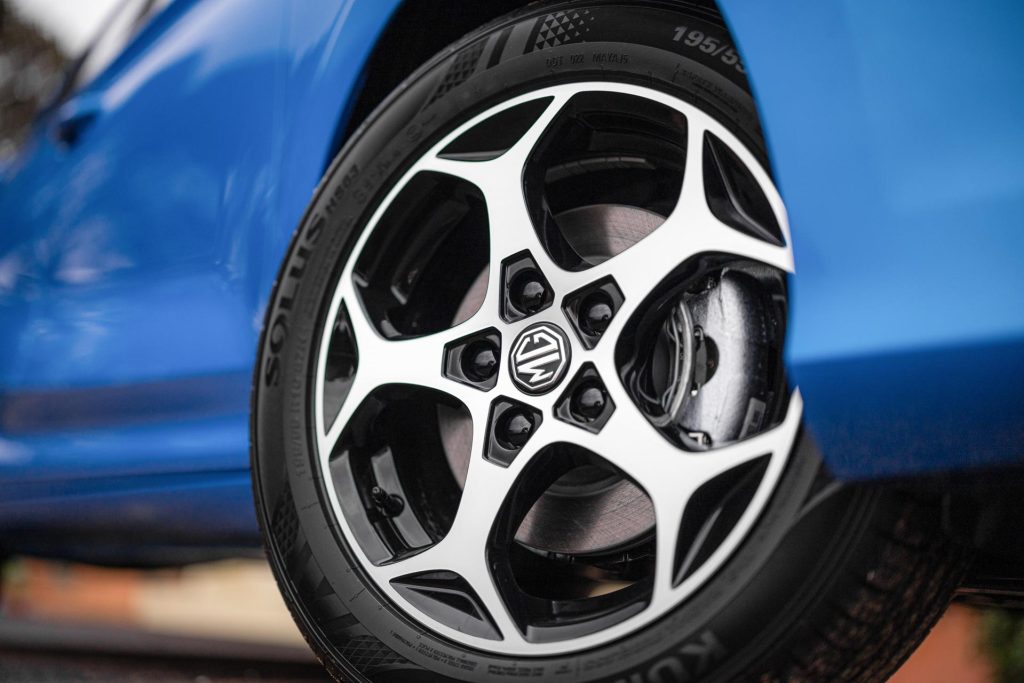
It drives through a tricky three-speed hybrid transmission and can run in silent EV mode, hybrid mode (engine used to both power the generator, making power for the battery, but also adding its outputs to the mix) and at times the petrol engine can be the main source of motivation.
It’s best not to think about it, and there’s no way to manipulate its operation, so just stick it in drive and enjoy the hybrid torque. There are a few drive modes, Eco, Normal and Sport which do the usual things.
Driving along city streets, the electric motor takes care of the low speed stuff, and as pace increases and the battery gets low, the engine comes on to power the generator, which feeds the battery (acting in series hybrid mode).
So the torque delivery is smooth and ramps up quickly, like an EV then. Except the engine is running, and revs higher as you accelerate, adding its pesky noise and vibration to the proceedings.
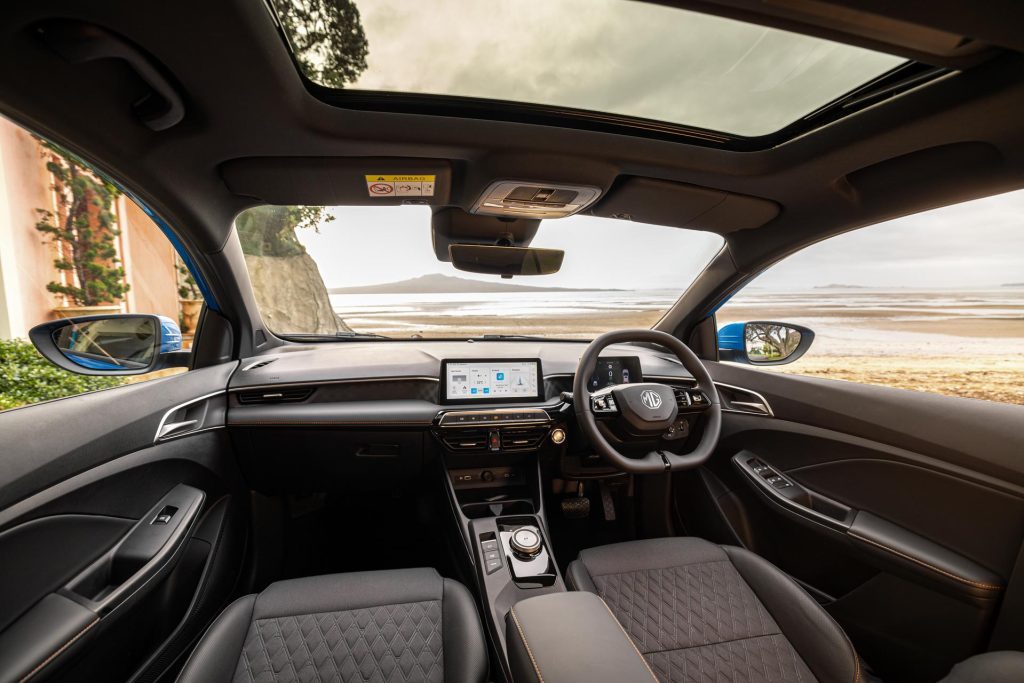
The full effects of the combined torque output were felt as we entered the motorway, a noticeable uptick in surge as we headed towards 100km/h, the hybrid in its parallel mode.
MG quotes a 0-100 time of eight seconds for the hybrid, and it does feel brisk in its parallel mode of operation.
According to the little diagram MG showed us, from 0-80km/h it switches between EV and series mode, and from 80-120 is when you get parallel mode, and the full effect of the combined outputs. There are three levels of brake regen available too.
MG rates fuel consumption at a combined 4.3L/100km, although rightcar says 4.8. MG also states urban fuel consumption at just 0.9L/100km, thanks to that EV mode.
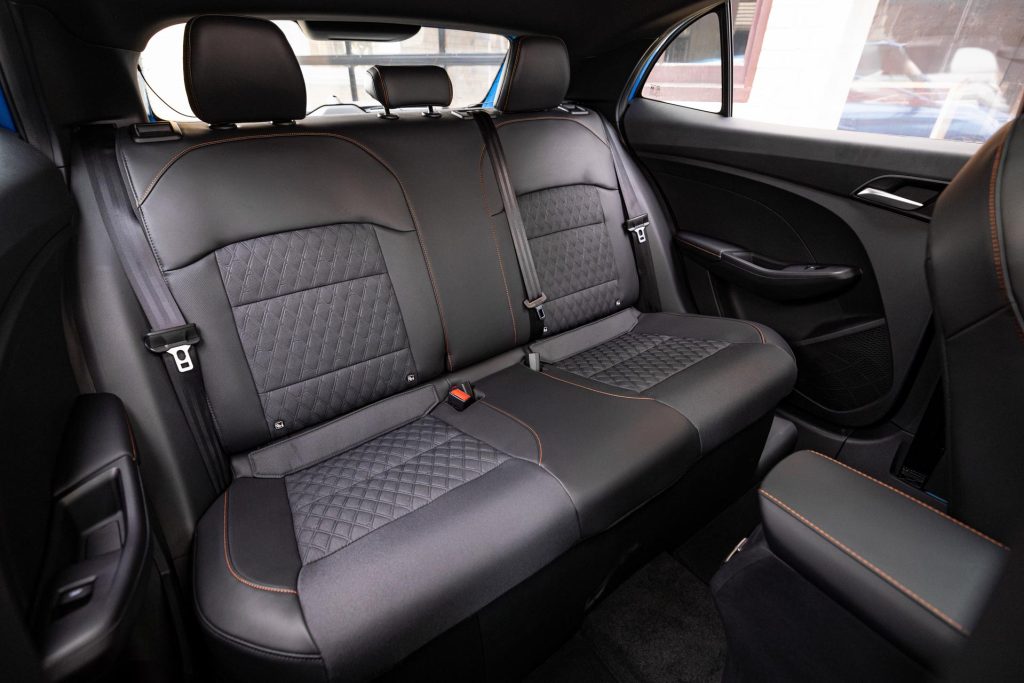
The powertrain response can be a bit ‘odd’ when you’re in that 70-100km/h zone as it sorts itself out between hybrid modes, but in Sport mode on a winding type road, it goes better.
We headed though a few corners in it, and its general mix of ride and handling impresses for a small car, the former in particular.
It doesn’t bounce along, and while there’s a dab of understeer and roll from the rear, it handles itself quite well.
Other small hybrids in the market include the Toyota Yaris, the entry-level GX starting at $32,490 drive away, and rising to $38,890 for the better specified ZR.
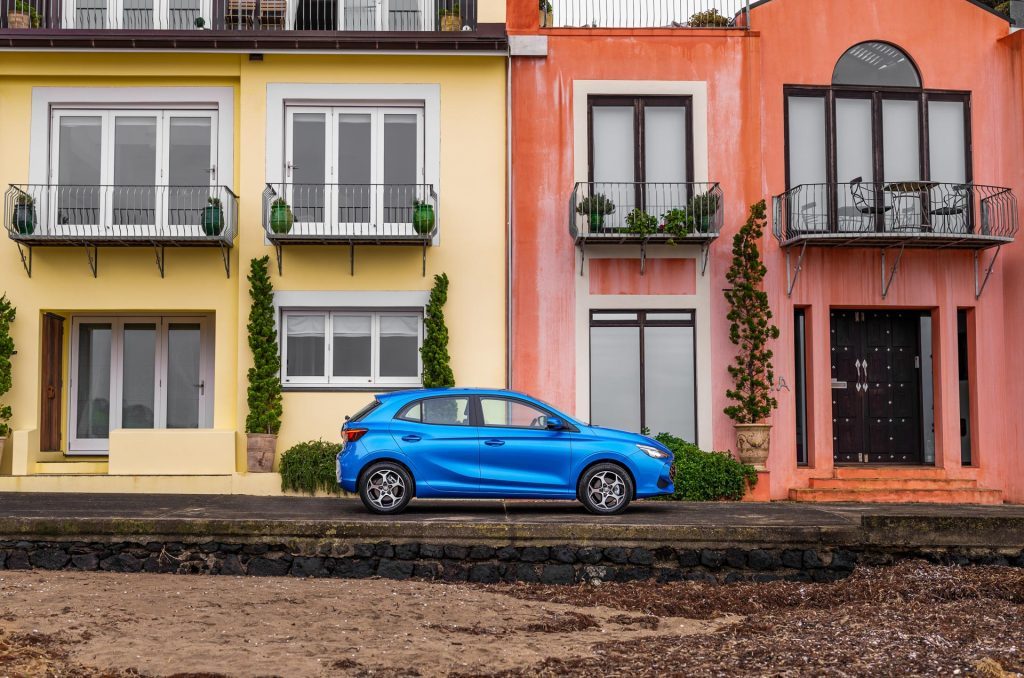
Honda’s Jazz is the other full hybrid in the market, ranging in price from $36,700 to $37,500. There’s Swift too ($26k-$30k), though as mentioned, it’s a mild hybrid.
If you really don’t like progress, the old MG3 can still be had, a few units left, the Core at $21k, the Excite at $23k. But really, don’t.
MG’s NZ brand manager, Arek Zywot, says that trust is building in the MG brand here in NZ as sales continue to grow, improving year-on-year for the past four years.
He says people value the product while the launch of the seven-year warranty proves that the brand is here to stay. He added that the network is growing; in the last 12 months five new dealers have come on board and MG now has coverage from Whangarei to Invercargill.
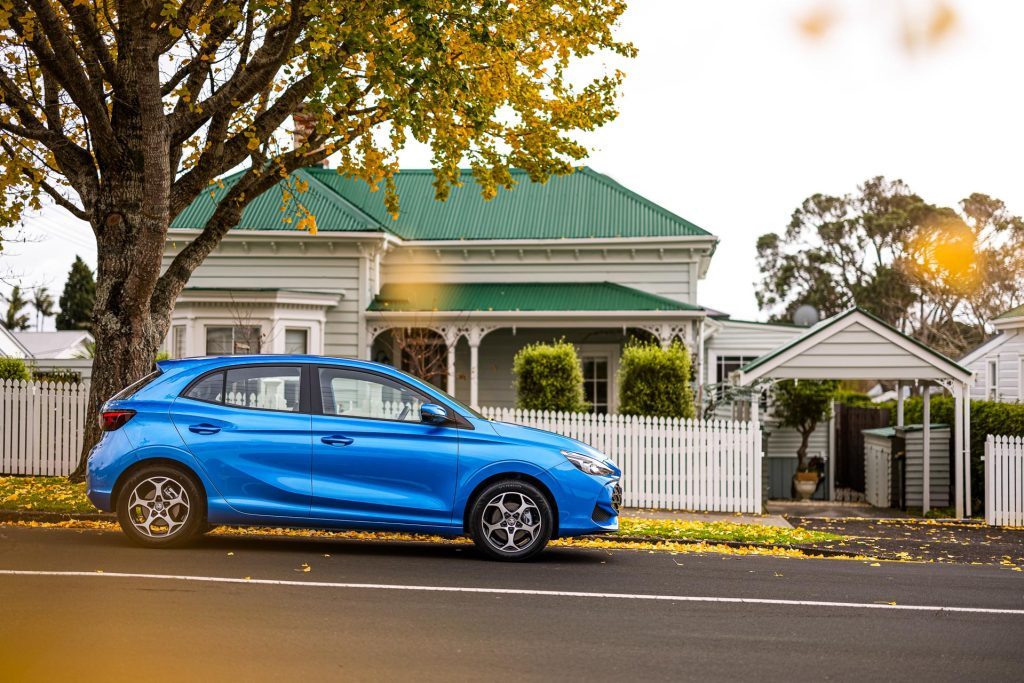
Zywot noted that while the passenger and SUV market is contracting, hybrids are the one bright spot, with their market share growing.
He says customers are going through a difficult time – the new car market reflects that – but he believes it’s an opportunity for MG as it provides the best value in the current market.
“MG makes accessible products. It’s all about value, value for everyone at every stage of their life.”
| Model | MG3 Hybrid+ Essence |
| Price | $31,990 |
| Engine | 1498cc, IL4 |
| Power | 75kW |
| Torque | 128Nm |
| Motor Output | 100kW / 250Nm |
| Drivetrain | 3-speed auto, FWD |
| Weight (claimed) | 1308kg |
| Fuel Use | 4.3L/100km |
| C02 Output | 100g/km |
| 0-100km/h | 8.0 sec |
This story first appeared in the July 2024 issue of NZ Autocar magazine.


